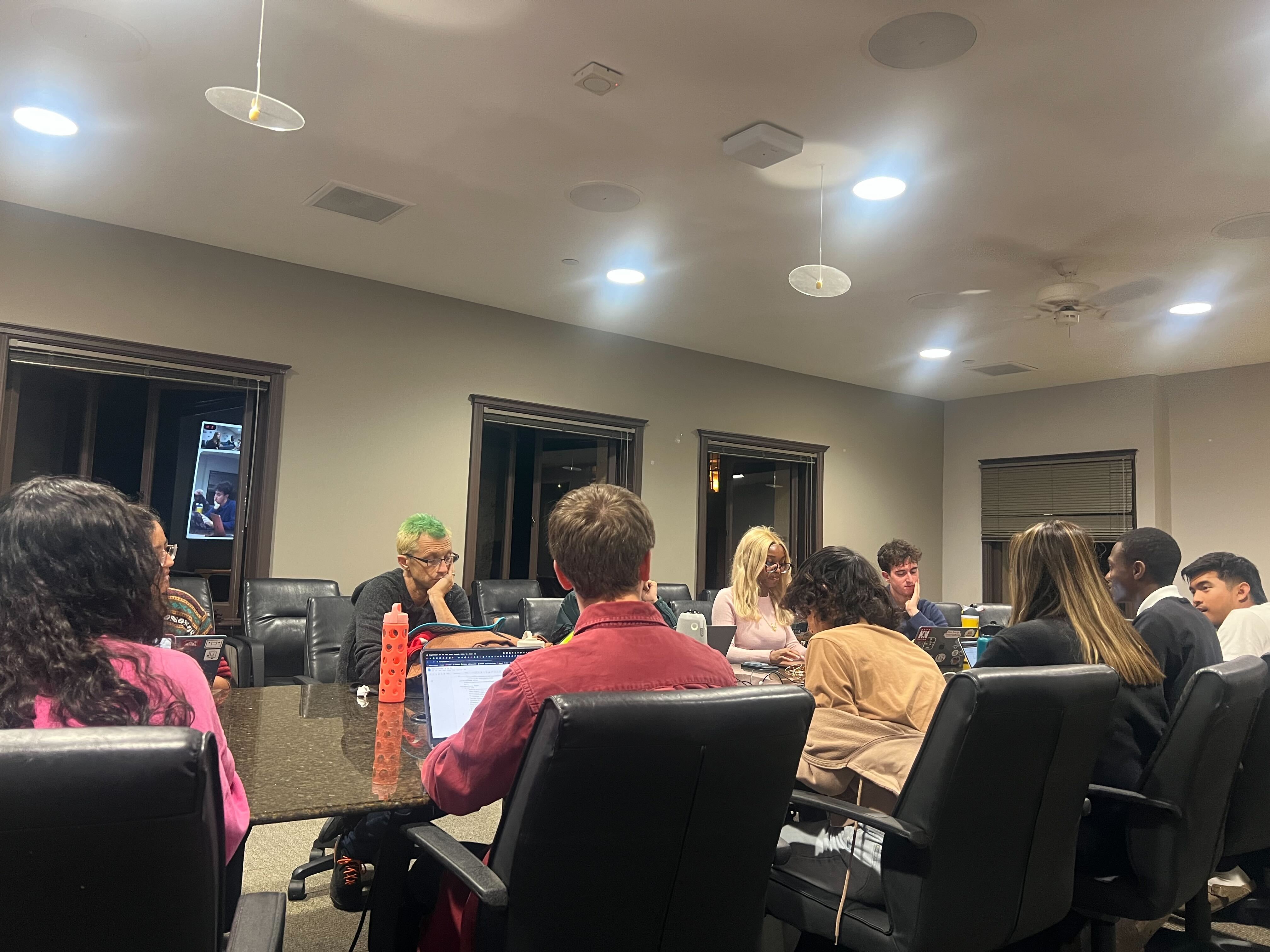An alternative enrollment system called Griffin could allow students to submit proposed class schedules during a one-to-two week window.
Griffin, presented by computer science professor Philip Levis at the Undergraduate Senate’s (UGS) Wednesday meeting, would replace the current system in which many students attempt to enroll in classes at the same time.
The system’s proposed algorithm, called Approximate Competitive Equilibrium from Equal Incomes (A-CEEI), would process submitted courses and return final schedules within 48 hours. Levis says Griffin would prevent system crashes, increase equity and improve the experience of course enrollment.
“It’s strategy-proof, so there’s no way to game the system,” Levis said. “It reduces stress. There’s no time limit you have to submit in, no rush to submit in your time window. You just submit and you know it’s going to be fair.”
Paul Nuyujukian M.D. ’12 Ph.D. ’14, assistant professor of bioengineering and a member of the Committee on Academic Computing and Information Systems (C-ACIS), said that 10% of Stanford courses are “oversubscribed,” meaning that enrollment is more than 95% of the classes’ capacity. According to Nuyujukian, a quarter of these classes have enrollments that exceed the enrollment cap.
According to Levis, the new system presents a solution. Under Griffin, students would be sorted into seniority groups by class year. High-demand courses would then be randomly distributed within seniority groups. In contrast to the current scramble for courses, timing would have no impact on enrollment outcomes.
The A-CEEI algorithm is the result of a proposal from Al Roth Ph.D. ’74, an economics professor, and Aviad Rubinstein, a computer science professor. Roth was awarded the 2012 Nobel Prize in Economics for his work on assigning New York City public high schools to incoming freshmen.
Griffin was unanimously supported by C-ACIS’s three student members: fifth-year mechanical engineering Ph.D. students Nikita Kozak M.S. ’22 and Ahad Rauf, and Joshua Martinez M.S. ’26. Though the senators generally praised the new proposal, some expressed concerns.
This system is too complex to intuitively understand without any background knowledge, said UGS co-chair Gordon Allen ’26.
“My concern is that if people end up with a schedule they don’t want, it feels like the system has done this to them rather than a choice they made,” he added.
Other members focused on accessibility issues that may result from the new system.
“At the end of the day, I just want to make sure that people who need information [about Griffin] have it,” Ethan Alfonso ’27. Alfonso suggested a guide to Griffin for the student body.
Levis emphasized the adaptability of the system to ease student concerns and the necessity of undergraduate voices.
The UGS also reported on support for the Save Creative Writing Campaign and spoke about support for negotiations by the Stanford Graduate Workers Union. In partnership with the Graduate Student Council (GSC), they discussed incorporating students into a committee on ethical spending.
A previous version of this article misrepresented the name of the Stanford Graduate Workers Union as the Graduate Student Workers Union. The Daily regrets this error.
